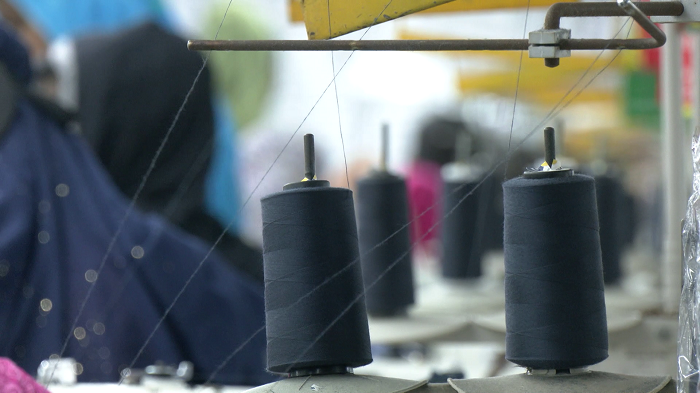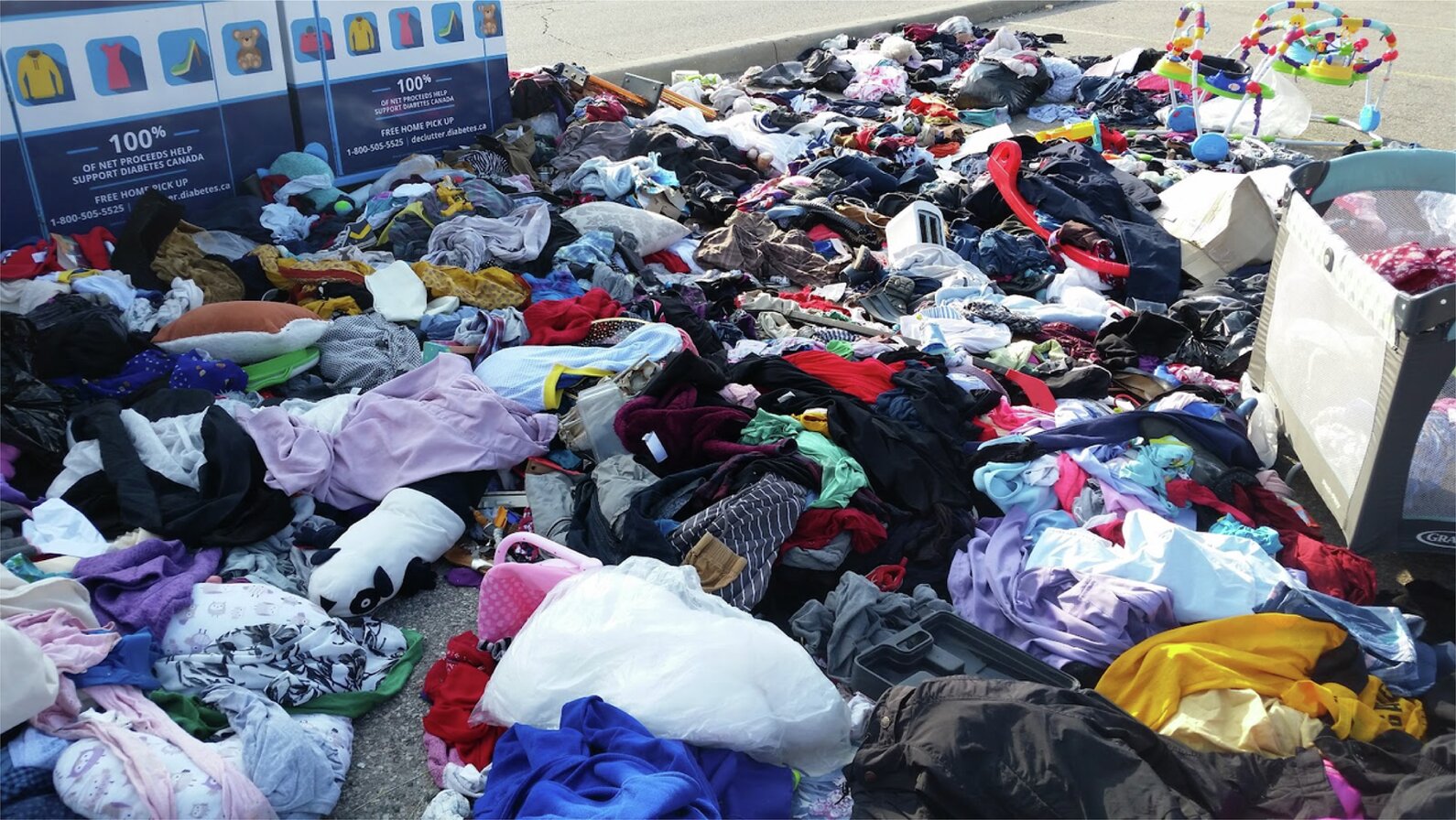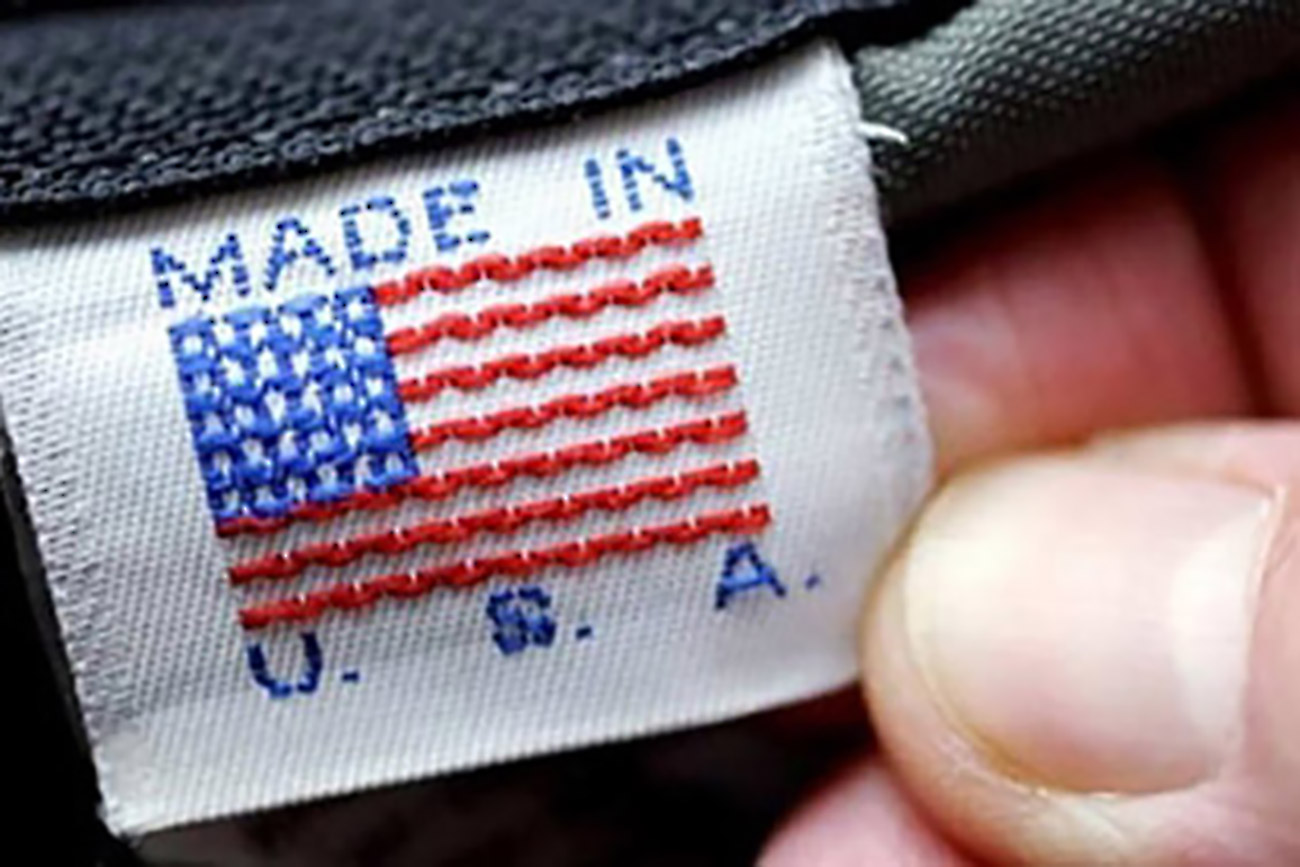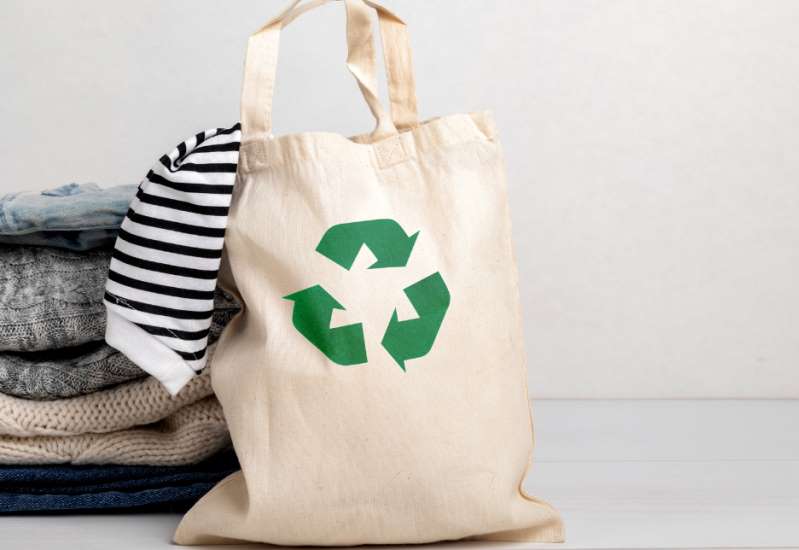
Bangladesh’s ready-made garment (RMG) industry is a global juggernaut. Second only to China in apparel exports, the sector is the pride of its economy—driving growth, creating millions of jobs, and contributes 80 per cent of export earnings. But beneath the glittering surface lies a brittle thread: a dangerous overdependence on imported yarn, primarily from India. It’s a vulnerability that threatens to unravel the country’s textile ambitions.
Chained to a single supplier
More than 95 per cent of Bangladesh’s cotton yarn imports come from India. That’s not just a trade pattern—it’s a supply chain straitjacket. The reasons behind this dependency are practical, even compelling.
• Price edge: Indian yarn is typically 20–25 cents cheaper per kg than alternatives, a key advantage in an industry where profit margins are razor-thin.
• Logistics logic: Yarn from India reaches Bangladeshi mills in two to three days. Shipments from other countries? Try 35 to 45 days—an eternity in the hyper-speed world of fast fashion.
• Historical habit: After independence in 1971, Bangladesh lost access to supplies from West Pakistan and naturally turned to India. That early reliance calcified into the current status quo. But while this arrangement kept costs low and deliveries swift, it has also created a single-point vulnerability—an Achilles' heel that becomes more apparent with every trade scuffle.
Why self-sufficiency remains a mirage
If yarn is so critical, why doesn’t Bangladesh make more of it? The answer is a complex mix of structural constraints and policy missteps. One major reason is there is no room to grow. With one of the world’s highest population densities, Bangladesh can’t spare the agricultural land needed for widespread cotton cultivation—it’s reserved for food. Also, local production meets just 2 per cent of the annual cotton demand.
In fact, the numbers paint a stark picture. Domestic production has barely kept pace with ballooning demand, leaving imports—especially from India—to plug the growing gap.
Table: Bangladesh's cotton yarn dynamics (value & quantity)
|
Year |
Imports from India ($ mn) |
Domestic production (mn kg) |
Estimated total consumption (mn kg) |
|
2020 |
1,550 |
350 |
~1,900 |
|
2021 |
1,870 |
370 |
~2,240 |
|
2022 |
2,100 |
390 |
~2,490 |
|
2023 |
2,200 |
400 |
~2,600 |
|
2024 |
2,280 |
410 |
~2,690 |
The widening chasm between what Bangladesh makes and what it consumes underscores the urgency to diversify and localize.
Rising gas prices, wages, and loan interest rates too have eroded the competitiveness of domestic spinning mills. The country is also trying to pivot to alternatives like polyester and recycled fiber, but lacks essential raw materials like MEG and PTA. Most importantly, instead of nurturing a robust domestic yarn industry, past government incentives have favored imports—entrenching dependency rather than alleviating it. However, in a bid to future-proof the industry and align with global sustainability mandates, Bangladesh is investing in circular economy models. Several firms have begun producing yarn from PET plastic bottles—a move that not only eases the burden on virgin cotton but also positions the country as a leader in eco-conscious manufacturing. This transition is more than a greenwashing effort; it’s an important move with major global buyers demanding sustainable sourcing, recycled yarn could become Bangladesh’s next big competitive edge.
The risks of overreliance came into sharp focus recently when Bangladesh banned yarn imports through land ports, accusing Indian exporters of under-invoicing. Though sea ports remain open, the move has rattled trade relations and exposed the fragility of supply lines. At the same time, there are signs of change. Cutting Indian imports by just 50 per cent, according to the Bangladesh Textile Mills Association, could generate 500,000 new local jobs. Imports from the US and other countries too are on the rise, part of a broader effort to reduce dependence on any one supplier. And moving imports to sea ports offers tighter controls and better assurance of quality standards.
Thus Bangladesh’s RMG success has become a source of national pride and economic power. But that success hangs on a fragile thread—one that runs straight through Indian cotton fields. If the country hopes to build a future of true industrial sovereignty, it must rethink its supply chains, invest in self-reliance, and move from dependence to dominance. This is not just about yarn. It’s about control, leverage, and the right to shape your own destiny in the global textile economy.











